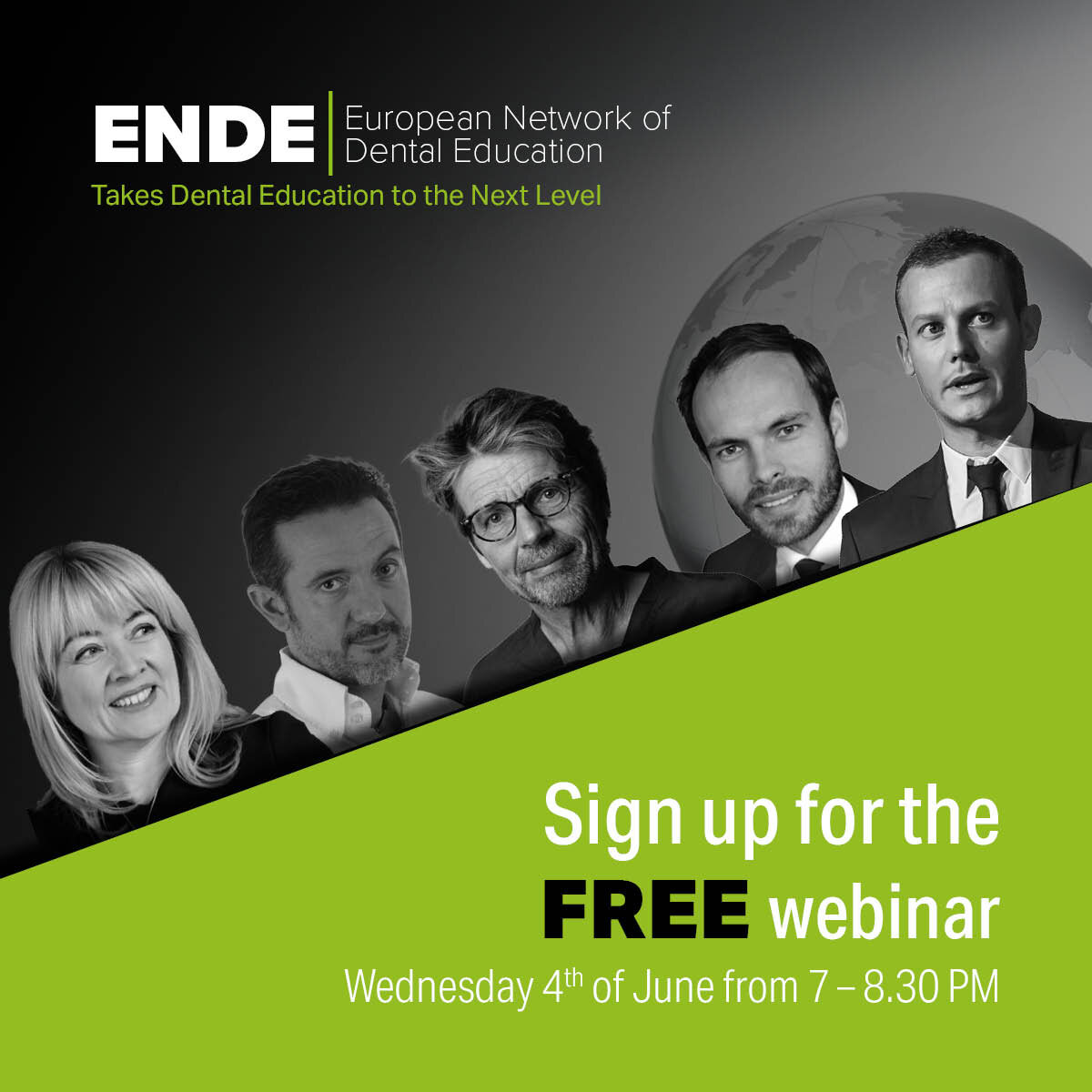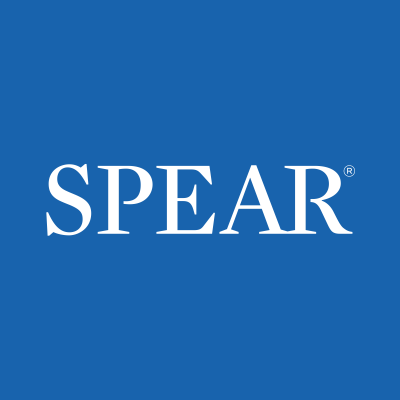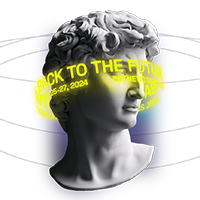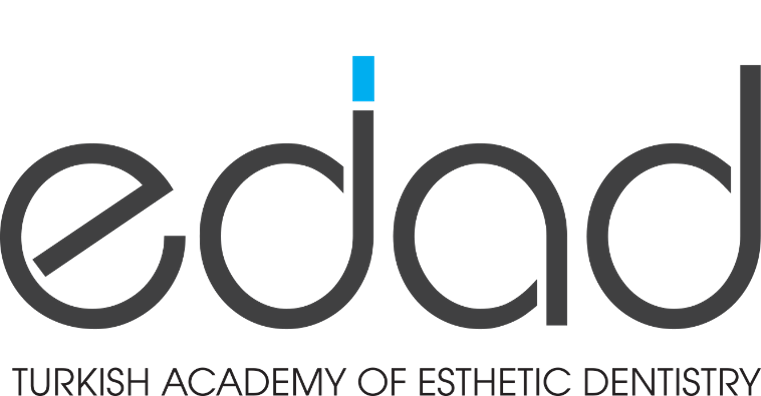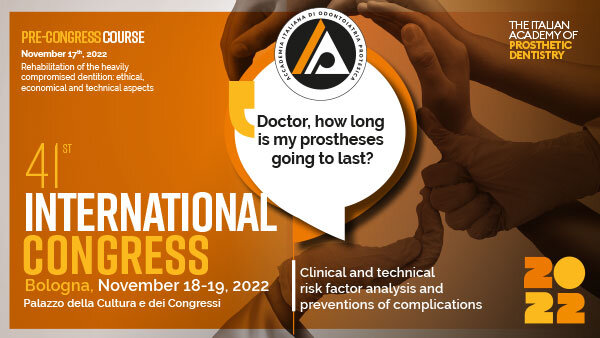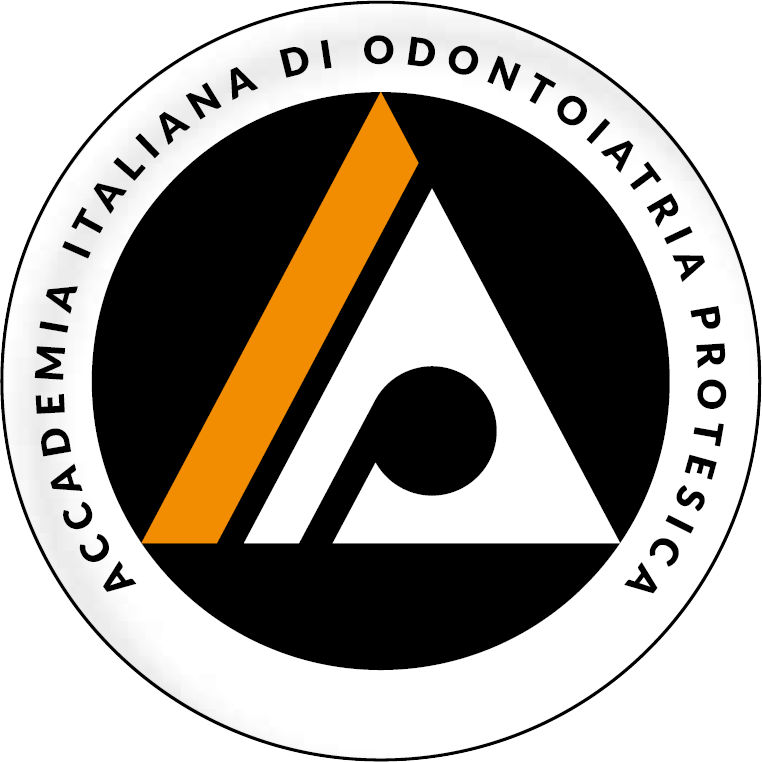International Journal of Periodontics & Restorative Dentistry, Pre-Print
DOI: 10.11607/prd.7382, PubMed-ID: 3994674213. Feb. 2025,Seiten: 1-28, Sprache: EnglischDeGreef, Alexander / Pashov, Ivaylo / Stankov, Ventseslav / Nikolova, Antonia / Pelekanos, Stavros / Mancini, Leonardo / Van Dooren, Eric / Temmerman, Andy / Castro, AnaAs stability is a key determinant of successful regeneration, this paper introduces tack engagement as a novel alternative to conventional suturing techniques, aimed at improving the positioning and fixation of autogenous tissue grafts. Rigid tack engagement, a widely utilized technique in guided bone regeneration (GBR) protocols for securing membranes, offers a stable and time-efficient solution that mitigates the risks of early graft displacement resulting from suturing or delayed volume changes due to physiological healing processes or unintentional patient oral habits. Subperiosteal tissue tacking represents a promising alternative technique for managing small to moderate tissue defects, mitigating various biological and practical obstacles. Within the limitations of this current report, tacks provide a variety of practical benefits for tissue fixation, rendering them particularly useful in staged implant placement procedures. Further research is necessary to comprehensively assess the benefits and potential constraints of this innovative approach.
Schlagwörter: ridge augmentation, implant dentistry, grafts, tissue contouring, CTG, esthetics, implant dentistry, gingival graft, soft tissue, case series
International Journal of Esthetic Dentistry (EN), 2/2024
The Last PagePubMed-ID: 38726862Seiten: 198, Sprache: EnglischPelekanos, StavrosInternational Journal of Esthetic Dentistry (DE), 2/2024
The Last PageSeiten: 210, Sprache: DeutschPelekanos, StavrosInternational Journal of Periodontics & Restorative Dentistry, 3/2023
DOI: 10.11607/prd.6054, PubMed-ID: 37141082Seiten: 301-310, Sprache: EnglischPelekanos, Stavros / Vergoullis, IoannisCurrent evidence suggests that proper implant transmucosal contouring can significantly impact supracrestal soft tissue development and crestal bone response both in early and late stages of treatment. The macrodesign and composition of the anatomical healing abutment or temporary prosthesis used during transmucosal contouring are crucial elements for establishing biologic and prosthetic conditions that minimize early bone remodeling, improve esthetic outcomes, and reduce the possibility for future peri-implant inflammation. This article presents clinical directions on the design and fabrication processes of anatomical healing abutments or temporary prostheses for single implant sites under the interpretation of currently available scientific data.
International Journal of Periodontics & Restorative Dentistry, 5/2017
DOI: 10.11607/prd.2920, PubMed-ID: 28817139Seiten: 728-735, Sprache: EnglischPelekanos, Stavros / Pozidi, GeorgiaReductions in peri-implant bone height have been acknowledged as a normal consequence of implant therapy. Various restorative factors contribute to this phenomenon. One is repeated abutment retightening, which causes a mechanical disruption at the implant-abutment interface, leading to soft tissue recession. Several investigators proposed placement of the definitive abutment after implant placement as a solution to the problem. The definitive use of an intermediate abutment after implant placement seems to positively affect the soft tissue response. This article aims to present a prosthetic sequence for achieving peri-implant tissue stability in the esthetic zone.
The International Journal of Prosthodontics, 6/2016
DOI: 10.11607/ijp.4787, PubMed-ID: 27824982Seiten: 598-601, Sprache: EnglischPelekanos, Stavros / Sarafianou, Aspasia / Tsirogiannis, Panagiotis / Kamposiora, Phophi / Papavasiliou, GeorgiosPurpose: To assess clinical performance of bar-retained implant overdentures (IOs) with distally placed ERA attachments on four implants, and patient satisfaction after a followup period of 5 years in a convenience selection of 15 patients.
Materials and Methods: Bar-retained IOs with distally placed ERA attachments were placed and clinically monitored. Encountered complications during a 5-year follow-up period were recorded; and a modified OHIP-14 questionnaire was used to assess patient satisfaction.
Results: Implant and restoration survival rates of 97.5% and 100%, respectively, were recorded. The most common maintenance requirement was the replacement of ERA retentive elements. A high degree of patient satisfaction was reported.
Conclusions: The proposed IO design is a reliable clinical treatment protocol associated with a high degree of patient satisfaction and minor prosthetic complications.
International Journal of Computerized Dentistry, 4/2016
PubMed-ID: 28008430Seiten: 341-349, Sprache: Englisch, DeutschTsirogiannis, Panagiotis / Pieger, Sascha / Pelekanos, Stavros / Kourtis, StefanosIn jüngster Zeit sind diverse Aspekte der digitalen Zahnmedizin weiterentwickelt worden. Hierzu zählen neue Materialien, die navigierte Implantation, digitale Abformungen, virtuelle Artikulatoren und schließlich der computergestützte Prozess der Gestaltung und Herstellung der prothetischen Restauration. In diesem Fallbericht wird die prothetische Behandlung eines Patienten im vollständig digitalen Workflow vorgestellt. Ein 39-jähriger Patient wurde mit dem Wunsch einer Restauration der fehlenden Zähne im Ober- und Unterkiefer-Seitenzahnbereich vorstellig. In eine schmale Einzelzahnlücke (regio 15) wurde ein Straumann- NNC-Implantat mithilfe computerassistierter Planung und Navigation inseriert. Für den Rest der fehlenden Zähne wurden nach optischer Abformung mit einem intraoralen Scanner (iTero) und Datentransfer in einen virtuellen Artikulator (Ceramill artex) Zirkonoxid-Brücken mit einem CAD/CAM-System hergestellt. Die Rehabilitation des Patienten im vollständig digitalen Workflow ist eine vielversprechende Technologie bezüglich der Genauigkeit, Senkung der Arbeitsbelastung sowie einer besseren Kontrolle über das Endprodukt und die Minimalinvasivität. Diese Vorteile gegenüber konventionellen Methoden können sich zudem positiv auf die Patientenzufriedenheit auswirken.
Schlagwörter: digitale Zahnmedizin, intraoraler Scanner, virtueller Artikulator, navigierte Implantation, keramische Restaurationen
Implantologie, 1/2016
Seiten: 65-73, Sprache: DeutschPelekanos, Stavros / Papastamou, Vasiliki / Vilos, George A. / Kourtis, StefanosEin FallberichtDie Versorgung einer Zahnlücke im ästhetisch relevanten Bereich ist ein sehr anspruchsvoller Therapieschritt. Der Zahnarzt hat die Aufgabe, diejenige Behandlungstechnik auszuwählen und durchzuführen, die auf vorhersagbare Weise das in biologischer, funktioneller und ästhetischer Hinsicht beste Ergebnis für den Patienten sicherstellt. Dieser Fallbericht zeigt die komplexe Versorgung einer Einzelzahnlücke im Frontzahnbereich, bei der dank Hart- und Weichgewebsaugmentation auf vorhersagbare Weise ein gutes ästhetisches Ergebnis erzielt wurde.
Schlagwörter: Laterale Knochenaugmentation, Xenotransplantat, Einzelimplantat, ästhetischer Bereich
International Journal of Periodontics & Restorative Dentistry, 2/2013
DOI: 10.11607/prd.1458, PubMed-ID: 23484174Seiten: 193-199, Sprache: EnglischPelekanos, Stavros / Ntounis, Athanasios / Jovanovic, Sascha A. / Euwe, EgonThis report introduces an innovative approach for optimizing esthetics and minimizing soft tissue changes in clinical scenarios that involve extensive site preparation and submerged implants. The existing soft tissue morphology is registered at the time of implant uncovery, and an optimal peri-implant transmucosal contour is created indirectly in the lab. The customized definitive abutment is inserted during stage-two surgery and subsequently guides the peri-implant soft tissue, replicating an optimal emergence profile. The concept is demonstrated through the presentation of two clinical cases.
International Journal of Esthetic Dentistry (DE), 4/2012
Seiten: 396-408, Sprache: DeutschKypraiou, Villy / Pelekanos, Stavros / Eliades, GeorgeZiel: Ziel dieser Studie war die Identifizierung der monoklinen Zirkonoxidphase (m-ZrO2) in fünf CAD/CAM-Zirkonoxidgerüsten aus Yttrium-stabilisiertem tetragonalem polykristallinem Zirkonoxid (Y-TZP).
Material und Methode: Aus Cercon (CR), Lava (LW), Zenotec Zr Bridge (WD), In- Ceram YZ (YZ) und IPS e-max ZirCAD (ZC) wurden dreigliedrige Brückengerüste gefertigt. Alle Materialien wurden vor dem Sintern gefräst und anschließend nach Herstelleranweisung dicht gesintert. Mittels Raman-Spektroskopie wurde die Verteilung der m-ZrO2-Phase an den zervikalen Kronenrändern sowie an den Brückengliedern und den Konnektoren identifiziert und gemappt. Für jedes Material (n = 2) wurden drei Datensätze erstellt, und für jeden Bereich wurde der prozentuale Volumenanteil (%Vm) der m-ZrO2-Phase errechnet. Die statistische Analyse erfolgte durch eine zweifaktorielle ANOVA und einen Tukey- Test (a = 0,05).
Ergebnisse: Die m-ZrO2-Phase wurde in allen untersuchten Proben nachgewiesen. Die höchste Intensität fand sich dabei jeweils an den Kronenrändern. WD zeigte den geringsten prozentualen Volumenanteil (0 bis 3,14 %), gefolgt von LW (10,26 bis 12,39 %), CR (11,72 bis 13,19 %), ZC (11,13 bis 14,10 %) und YZ (12,15 bis 14,99 %). Zwischen LW, CR, ZC und YZ traten in keinem der untersuchten Bereiche statistisch signifikante Unterschiede auf. In den einzelnen Materialgruppen wurden signifikante Unterschiede zwischen Rand und Brückenglied/ Konnektor (WD, YZ), Rand und Konnektor (CR, ZC) sowie Rand und Brückenglied (LW) festgestellt.
Schlussfolgerung: Die auf Y-TZP destabilisierend wirkende m-ZrO2-Phase wurde in allen getesteten dicht gesinterten Brückengerüsten identifiziert. Der höchste prozentuale Volumenanteil fand sich dabei an den Rändern. Es ist unklar, inwieweit das Auftreten dieser Phase mit der hydrothermalen Beständigkeit von Zirkonoxid oder der Verblendung von Zirkonoxid mit Keramik im Zusammenhang steht.




